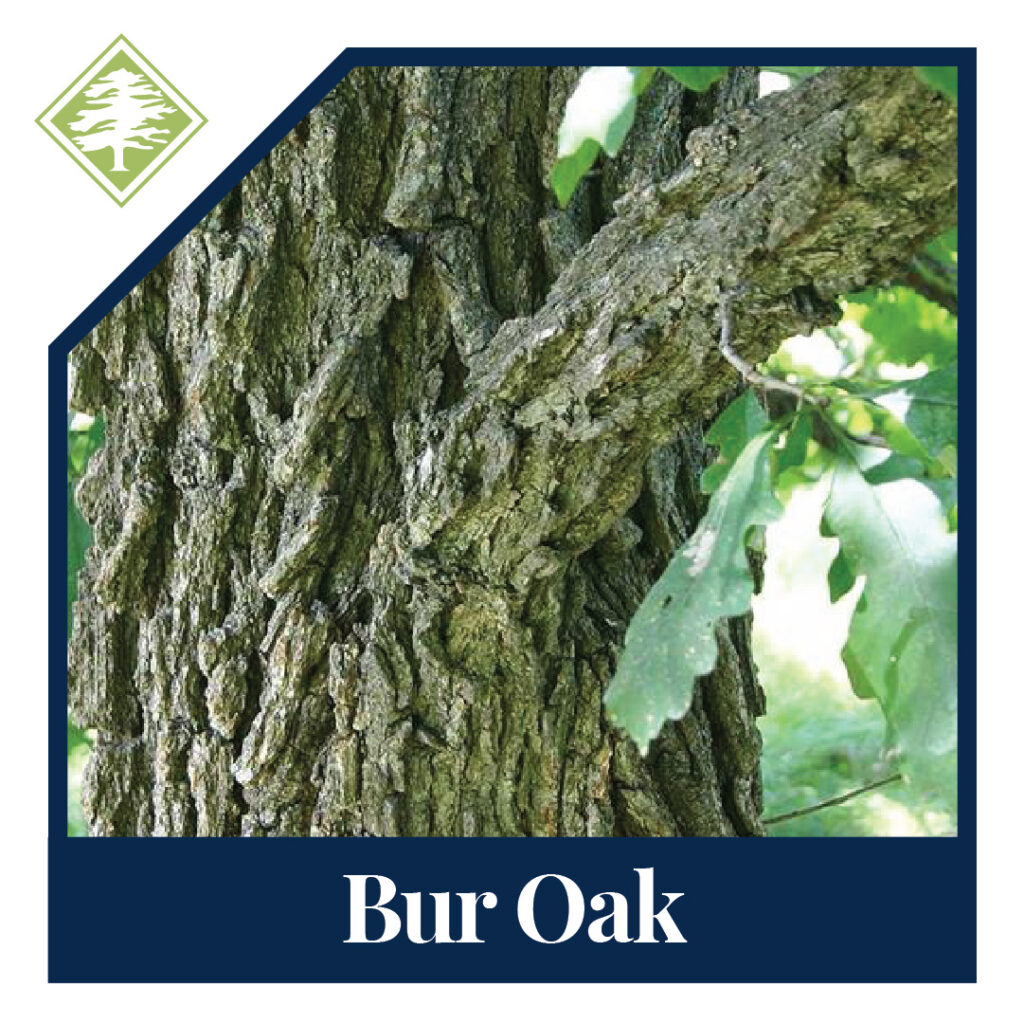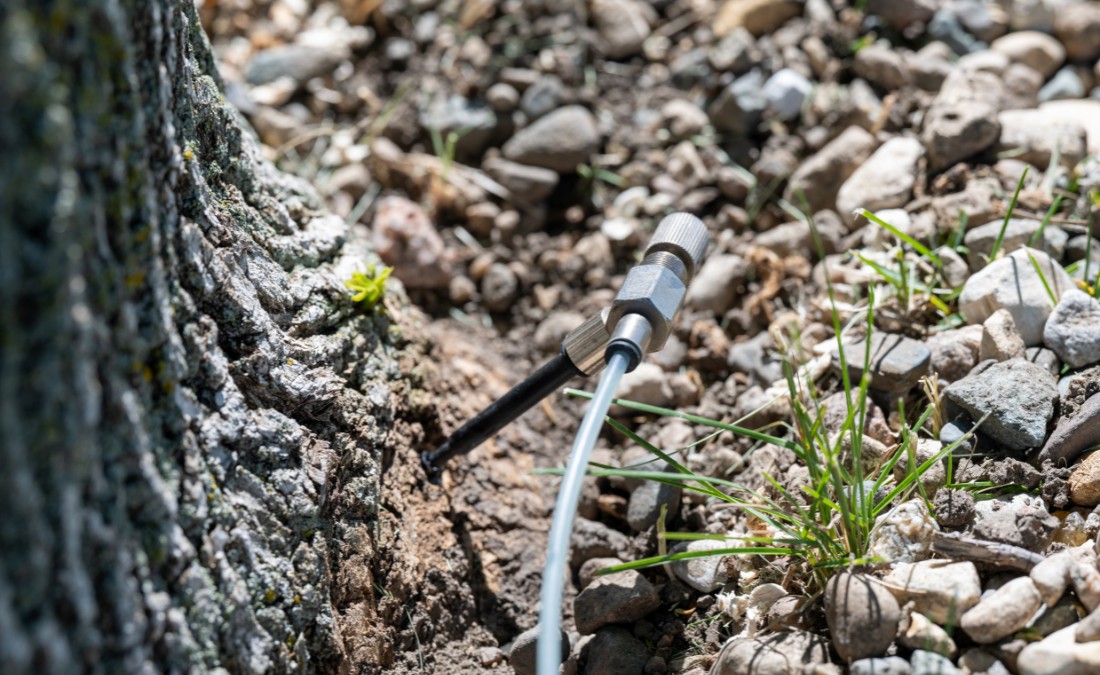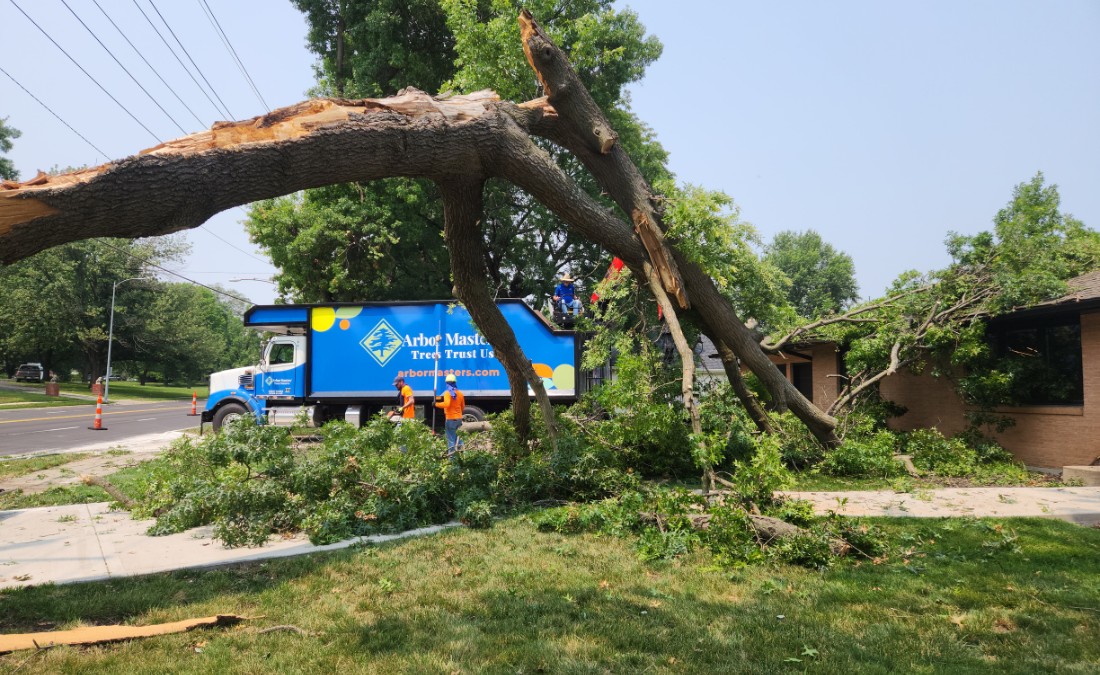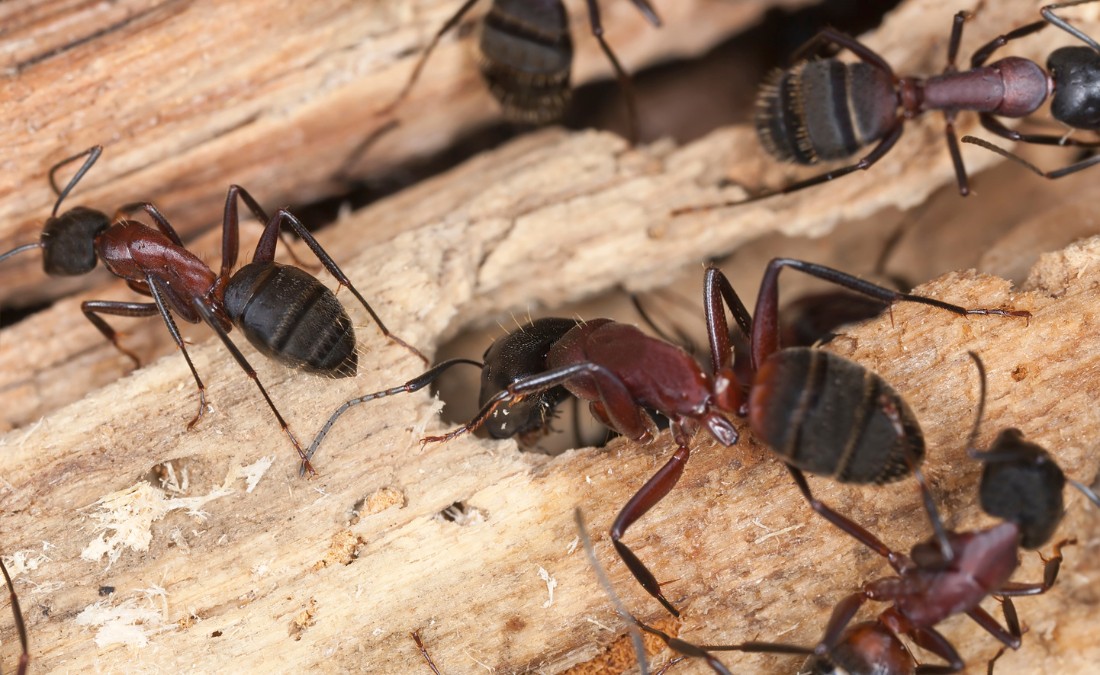Everything You Want to Know About Bur Oak Trees (and Acorns)
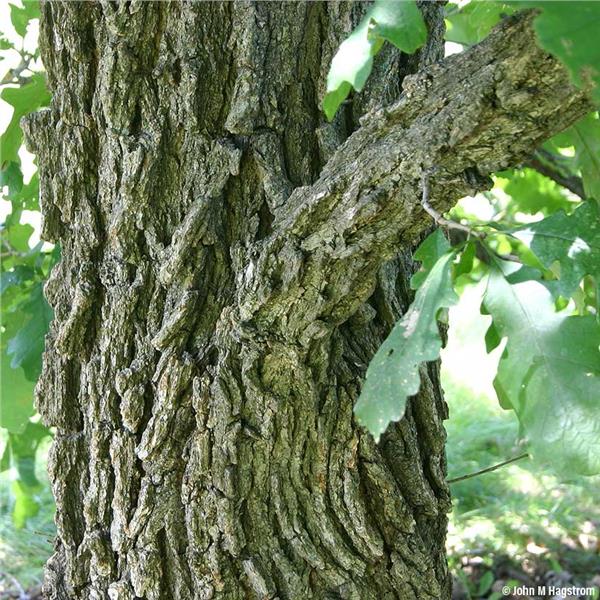
Welcome to our series on trees 101! Each post, we will dive into common trees in the midwestern United States to learn more about tree care, growth, and identification. Today, we’re focusing our attention on the Bur Oak tree. The bur oak tree provides food and shelter for a variety of wildlife including birds,…
Welcome to our series on trees 101! Each post, we will dive into common trees in the midwestern United States to learn more about tree care, growth, and identification. Today, we’re focusing our attention on the Bur Oak tree.
The bur oak tree provides food and shelter for a variety of wildlife including birds, squirrels, and deer. They are also an important source of wood for furniture and other wood products. In addition, bur oak trees help to stabilize the soil and prevent erosion.
What Does a Bur Oak Tree Look Like?
A bur oak tree can grow up to 80 feet tall and has a trunk diameter of 3-4 feet with a spread of 40-60 feet. They have a rounded crown and thick, bury leaves that give the tree its name. Bur oak leaves are large, thick, and have a deep, lobe-shaped indentation in the center. They are 6-12 inches long and have a hairy underside. The leaves turn yellow or brown in the fall. The acorns are about an inch long and have a thick, woody shell. The bark is dark brown or black and rough to the touch.
Where do Bur Oak Trees Grow?
Bur oak trees are native to North America and can be found in the eastern and central United States, as well as parts of Canada. They prefer deep, rich soils and full sun but can also grow in light shade. They are drought-tolerant and can be found growing in a variety of habitats including woodlands, prairies, and savannas.
How Fast Does a Bur Oak Grow?
Bur oak trees grow slowly, about 1-2 feet per year. The average lifespan of a bur oak tree is between 200 and 300 years. However, some trees have been known to live for over 400 years.
How to Plant Bur Oak Trees
Bur oak trees can be planted in the spring or fall. Choose a location that has full sun and deep, rich soils. Be sure to space the trees at least 40 feet apart. Dig a hole that is twice the width of the tree’s roots and mix in some compost or manure before planting. Water the tree deeply after planting and keep it well-watered during the first growing season. Fertilize the tree in early spring with a slow-release fertilizer.
How to Care for Bur Oak Trees
Bur oak trees are low-maintenance once they are established. They do not require a lot of fertilizer or pruning. However, you should water them during prolonged periods of drought. The best time to fertilize your bur oak tree is in early spring before the new leaves appear. Use a slow-release fertilizer and apply it according to the package directions. If you need to prune your bur oak tree, do so in late winter or early spring before the new growth begins. Call us at Arbor Masters if you need help with fertilization or read more here!
Bur Oak Tree Diseases
- The biggest problem facing bur oak trees is a disease called Oak Wilt. This disease is caused by a fungus that attacks the tree’s roots and prevents water and nutrients from being absorbed. The leaves of the tree will turn brown and withered and eventually the tree will die. There is no cure for Oak Wilt, so it is important to take precautions to prevent it from infecting your trees. One way to do this is to prune your trees in late winter or early spring before the sap starts flowing. This will prevent the fungus from spreading through the tree’s vascular system. You should also avoid wounding the tree’s bark as this can provide an entry point for the fungus. If you have Oak Wilt in your area, you should not plant bur oak trees.
- Bur oak blight is another disease that can affect bur oak trees. This disease is caused by a fungus that infects the tree’s leaves and causes them to turn brown and drop off. The tree may also produce small, black fruit bodies on the undersides of the leaves. Bur oak blight is most common in young trees, so it is important to choose a healthy tree when planting. If you notice any symptoms of bur oak blight, you should contact a certified arborist or forestry specialist for treatment options.

Bur Oak Acorns
Bur oak acorns are large and have a thick, woody shell. The average acorn is about an inch long. The acorns are an important food source for wildlife, including squirrels, deer, and birds. The trees also provide shelter and nesting sites for many animals. Bur oak acorns take two years to mature. The first year, the tree produces small, green acorns that fall to the ground and are not eaten by animals. The second year, the tree produces larger, brown acorns that are eaten by animals.
How to Harvest Bur Oak Acorns
Bur oak acorns can be harvested in the fall after they have fallen from the tree. Collect them from the ground and remove the caps. The acorns can be eaten raw or roasted. They can also be stored in a cool, dry place for later use.
How to Cook Bur Oak Acorns
Bur oak acorns can be cooked in a variety of ways. They can be roasted, boiled, or ground into flour. To roast the acorns, place them on a baking sheet and bake at 200 degrees Fahrenheit for 30 minutes. To boil the acorns, place them in a pot of boiling water and cook for 10 minutes. Remove the shells and skins before eating. To make flour, place the acorns in a food processor and grind into a fine powder. The flour can be used to make breads, pancakes, or cookies.
What are the benefits of eating bur oak acorns?
Bur oak acorns are a nutritious food source. They are high in proteins, fats, and minerals. Acorns also contain tannins, which have been shown to have anti-inflammatory and antioxidant properties. Eating acorns can help you meet your daily nutrient needs and may also protect against chronic diseases.
For more information about the bur oak, access the Missouri Department of Conservation website.
Contact us for more information on your next tree choice or care.

Want More Like This?
Get the latest local news, tree care tips, special offers, and company updates directly to your inbox! It's easy to subscribe and there's no spam - we promise.
"*" indicates required fields

